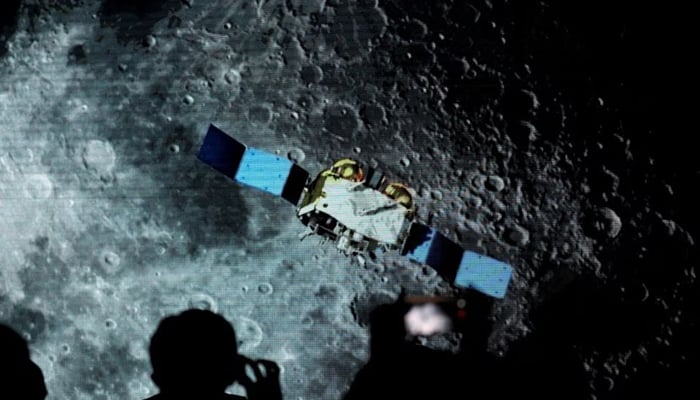Experts have discovered new water reserves from samples taken by the Chinese lunar mission “Chang’e 5” from the moon dirt they had brought back in 2020, according to the Independent. This discovery comes as scientists step up their efforts to locate sources of life in space.
This might be a significant development since it would enable astronauts to use the moon as a base to carry out exploratory missions and utilise the water as needed.
The 35 samples were randomly selected from lunar soil that contained water in tiny, multicoloured glass beads smaller than hair. In addition, scientists think that the moon has a sizable frozen water reservoir, albeit one that is smaller than the one on Earth.
These beads are countless and have a huge water carrying capacity. In addition, it is still unknown how water will behave in space.
Researchers believe there must be a method for storing water on the moon because earlier studies on the topic failed to explain the reserve locations and how it is done.
The glass beads are created when meteoroids strike the moon, cool to a solid state, and then mix with the lunar soil. The water is then absorbed by them like a sponge, starting a water cycle on the moon’s surface. According to scientists, some of the water also travels to space.
For astronauts who plan to reside on the moon and conduct significant research on the various objects and properties of space and celestial bodies, the study’s findings are essential.
These solid rocks could be melted to extract water, but more investigation is required to ascertain whether the resulting liquid is potable.
NASA said that it had planned to launch a lunar expedition by 2025 to investigate neighbouring planets.

